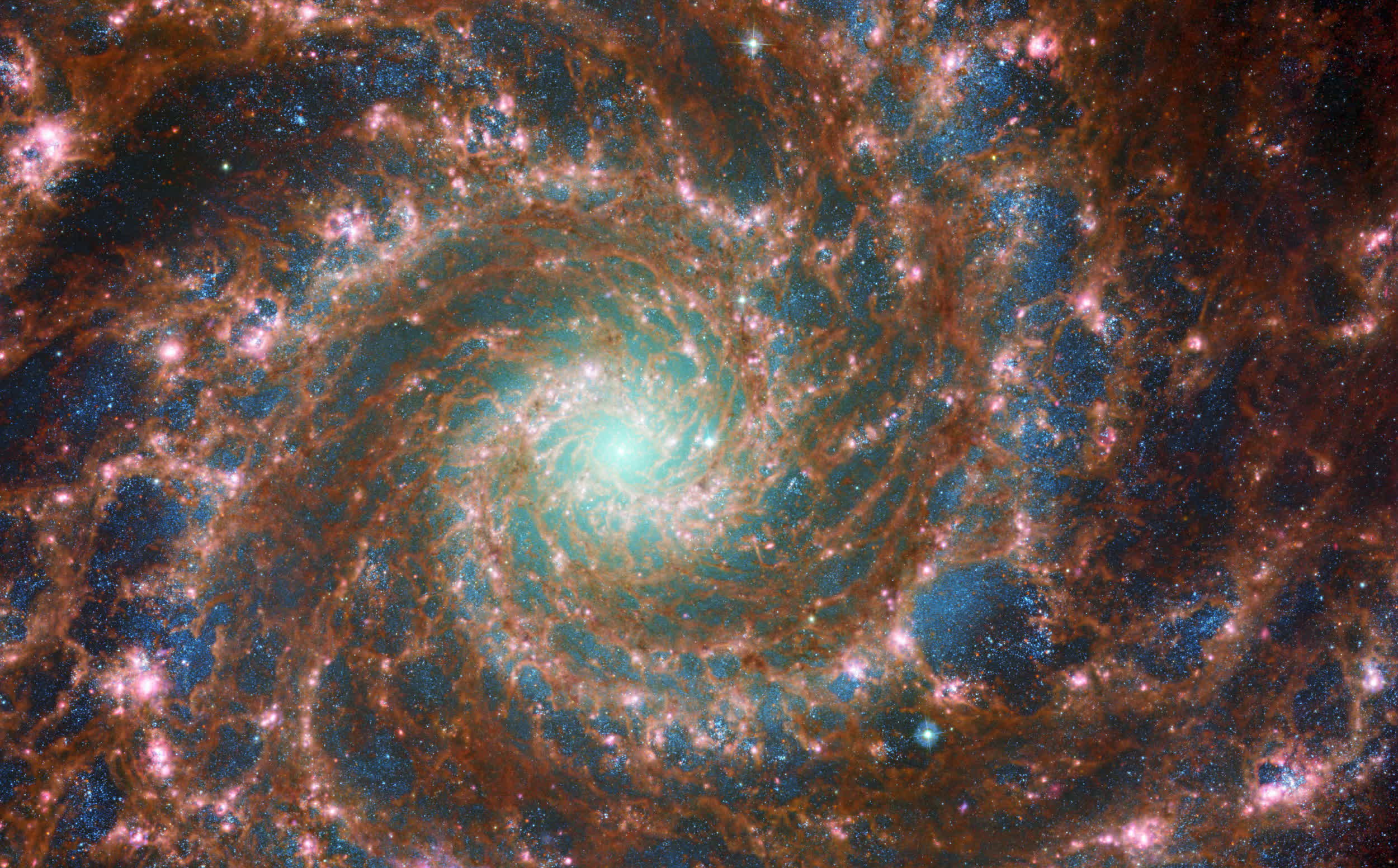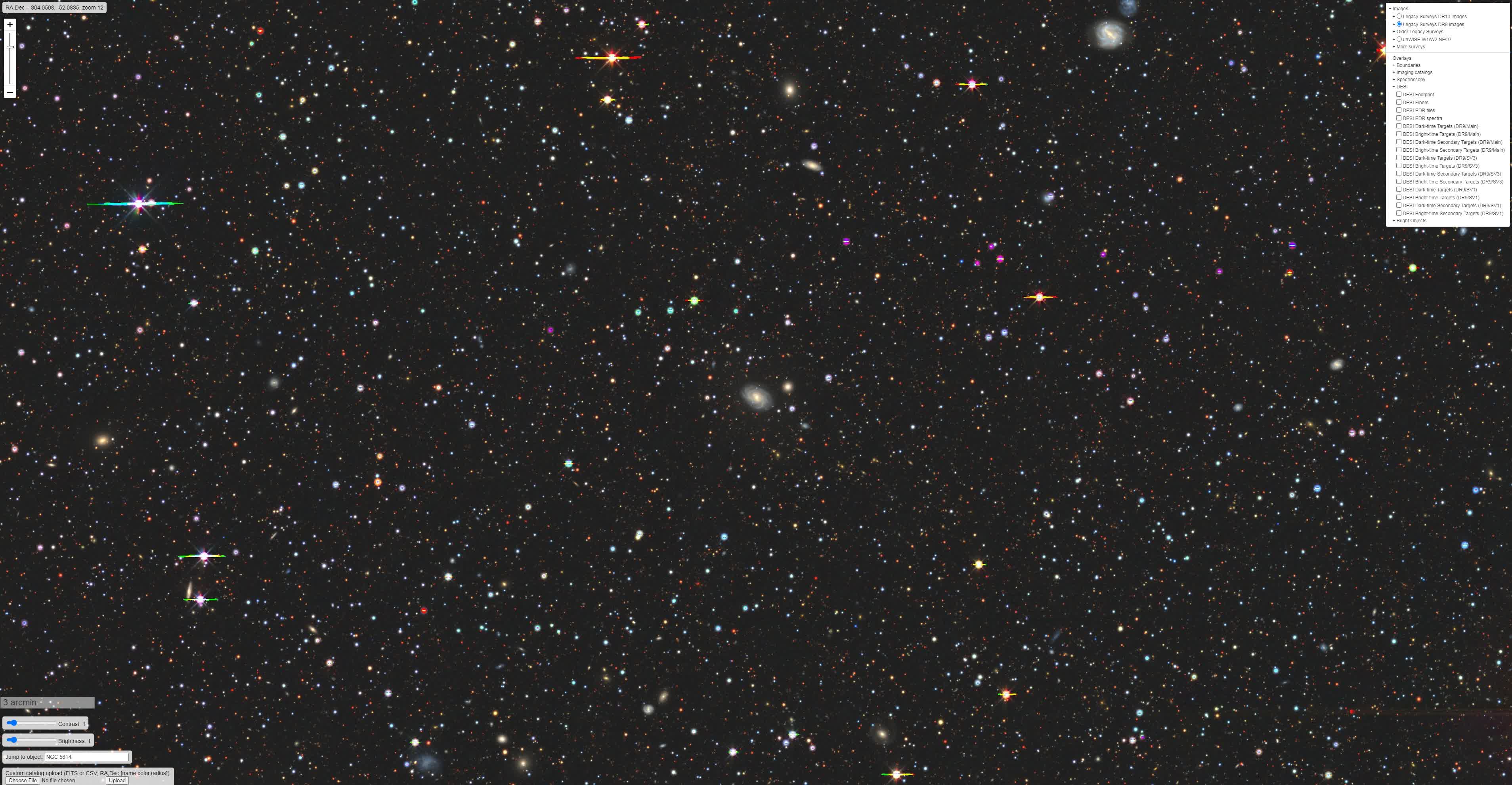The beauty of space: Throughout the centuries, various catalogs of galaxies and other cosmic objects have been published. Now, thanks to digital technology, we have a new publicly accessible archive containing hundreds of thousands of galaxies close to the Milky Way. This archive serves both scientific and recreational purposes.
Astronomers at NOIRLab in Tucson, Arizona, have created a digital catalog of nearly 400,000 galaxies, offering both scientists and the general public the opportunity to explore the star-filled giants residing in the Milky Way's cosmic neighborhood. The Siena Galaxy Atlas 2020 provides a downloadable data model for offline use, and there's also an online viewer for browser-based space exploration.
The Siena Galaxy Atlas (SGA) is a compilation of data collected from three surveys conducted between 2014 and 2017, known as the DESI Legacy Surveys. This data was gathered at the Cerro Tololo Inter-American Observatory and Kitt Peak National Observatory, both of which are part of NOIRLab's program, as well as at the University of Arizona's Steward Observatory.
The mentioned surveys captured images in optical and infrared wavelengths, covering a total area of 20,000 square degrees, which is nearly half of the night sky. According to NOIRLab, the new digital atlas is one of the largest galaxy surveys ever conducted, offering "precise data" on the locations, shapes, and sizes of hundreds of thousands of nearby large galaxies. SGA's data boasts an unprecedented level of accuracy and is also the first resource to provide information on galaxies' "light profiles."
According to John Moustakas, a physics professor at Siena College and the SGA project leader, nearby large galaxies are important because they are "our cosmic neighbors." We can study them in more detail than any other galaxies in the universe, as they hold the key to understanding how galaxies form and evolve.
Throughout the history of astronomy and science, many "charts" of the night sky have been built and published, including the iconic Catalogue des Nébuleuses et des Amas d'Étoiles by Charles Messier (1774) and the New General Catalogue of Nebulae and Clusters of Stars (NGC) by John Louis Emil Dreyer (1888). In 1991, astronomers assembled the Third Reference Catalog of Bright Galaxies (RC3), which has served as the basis for other galaxy atlases published in recent years.
The Siena Galaxy Atlas aims to address the issues that have plagued previous surveys, which include incorrect positions, sizes, and shapes of galaxies, as well as stars and artifacts that were incorrectly cataloged as galaxies. The SGA rectifies these inaccuracies across "a large part of the sky," according to NOIRLab astronomer Arjun Dey, and it also provides the "best brightness measurements for galaxies" for a sample of this size.

